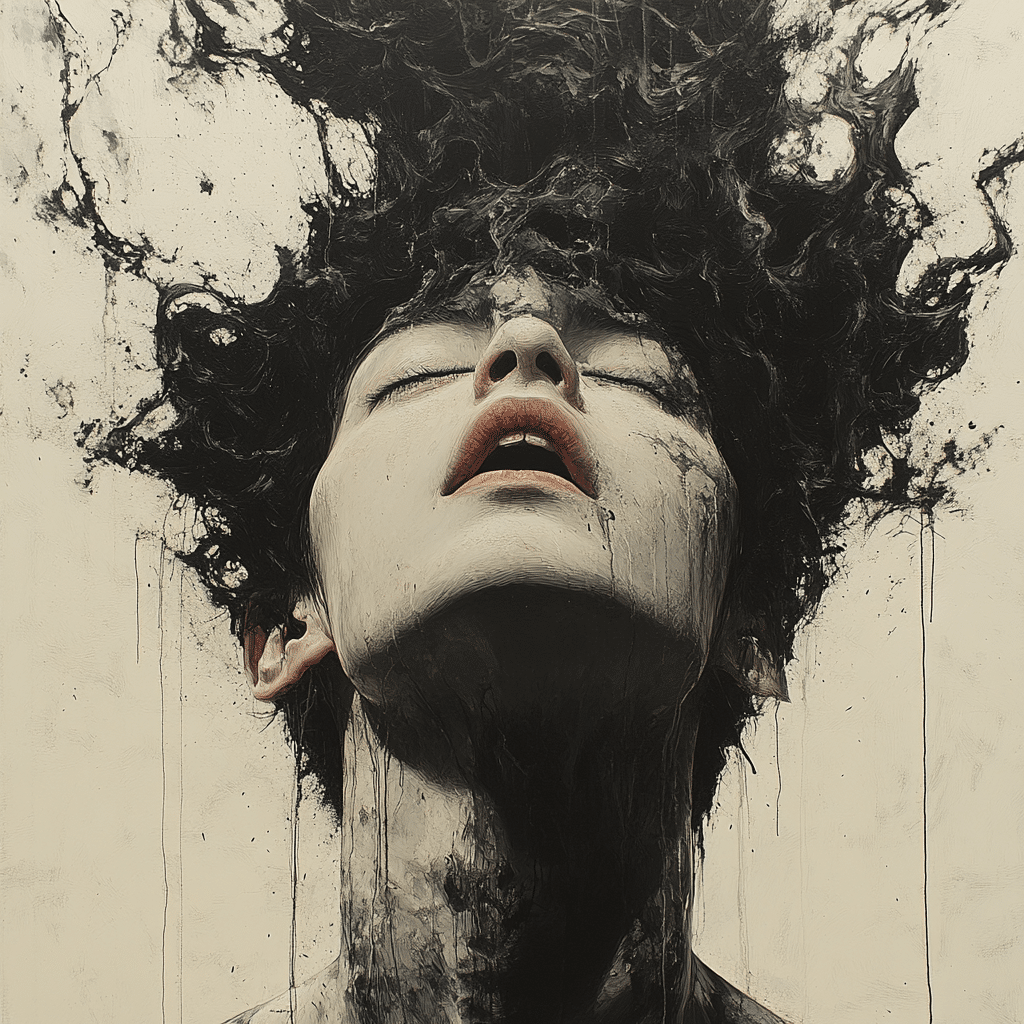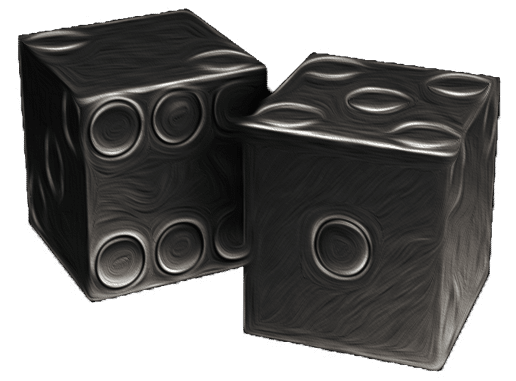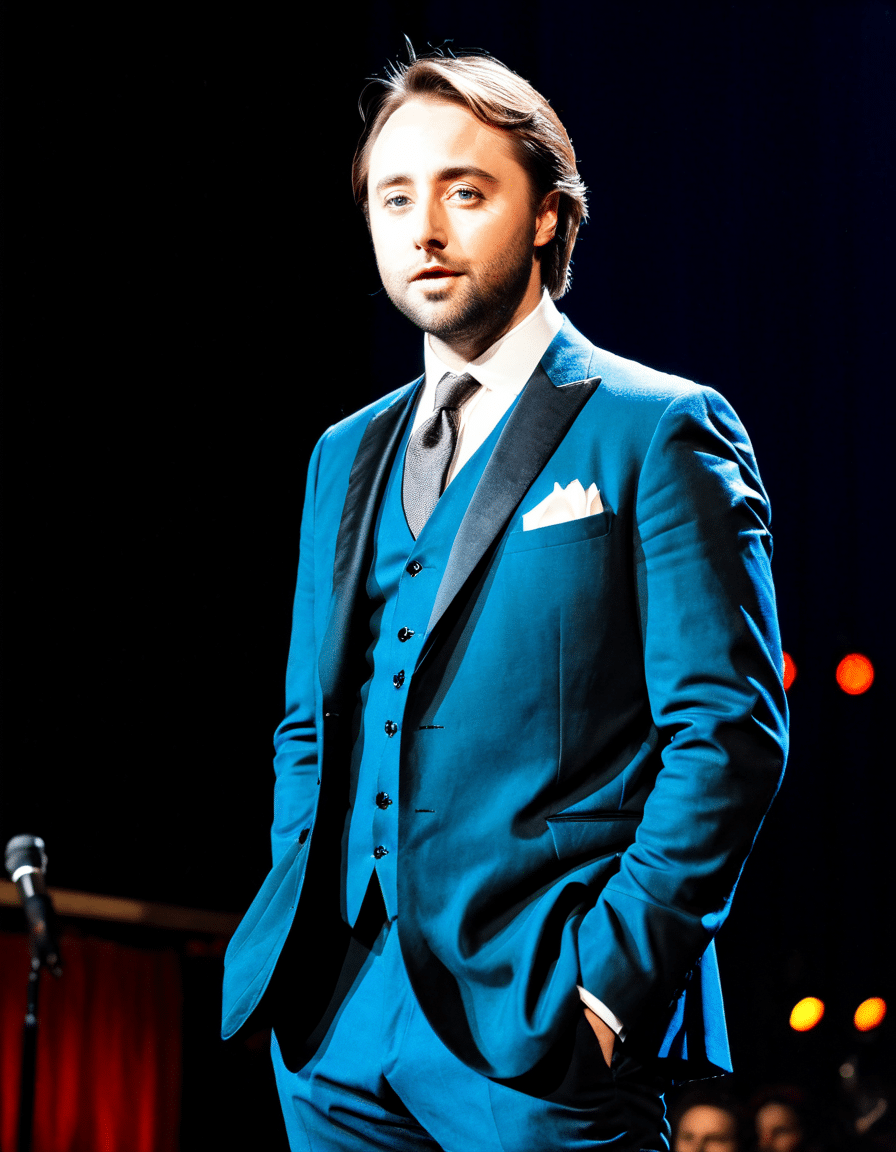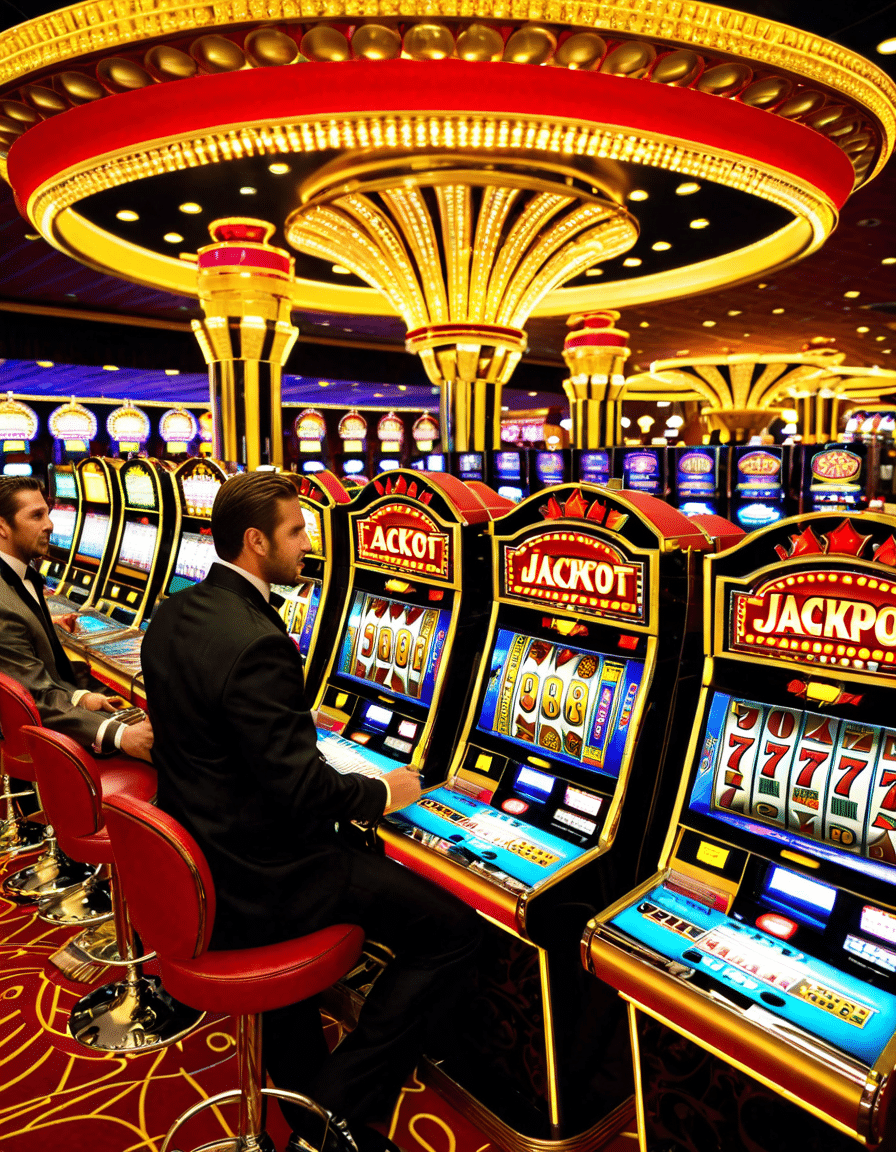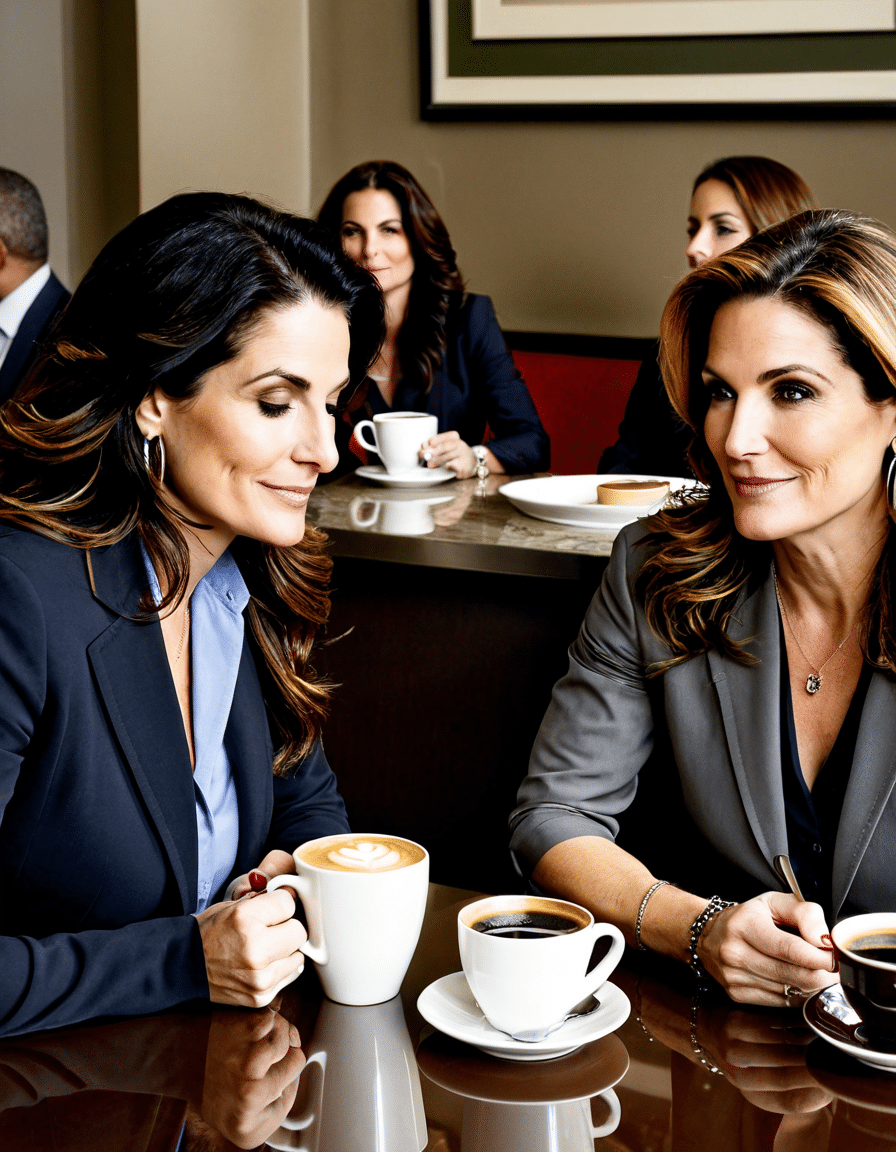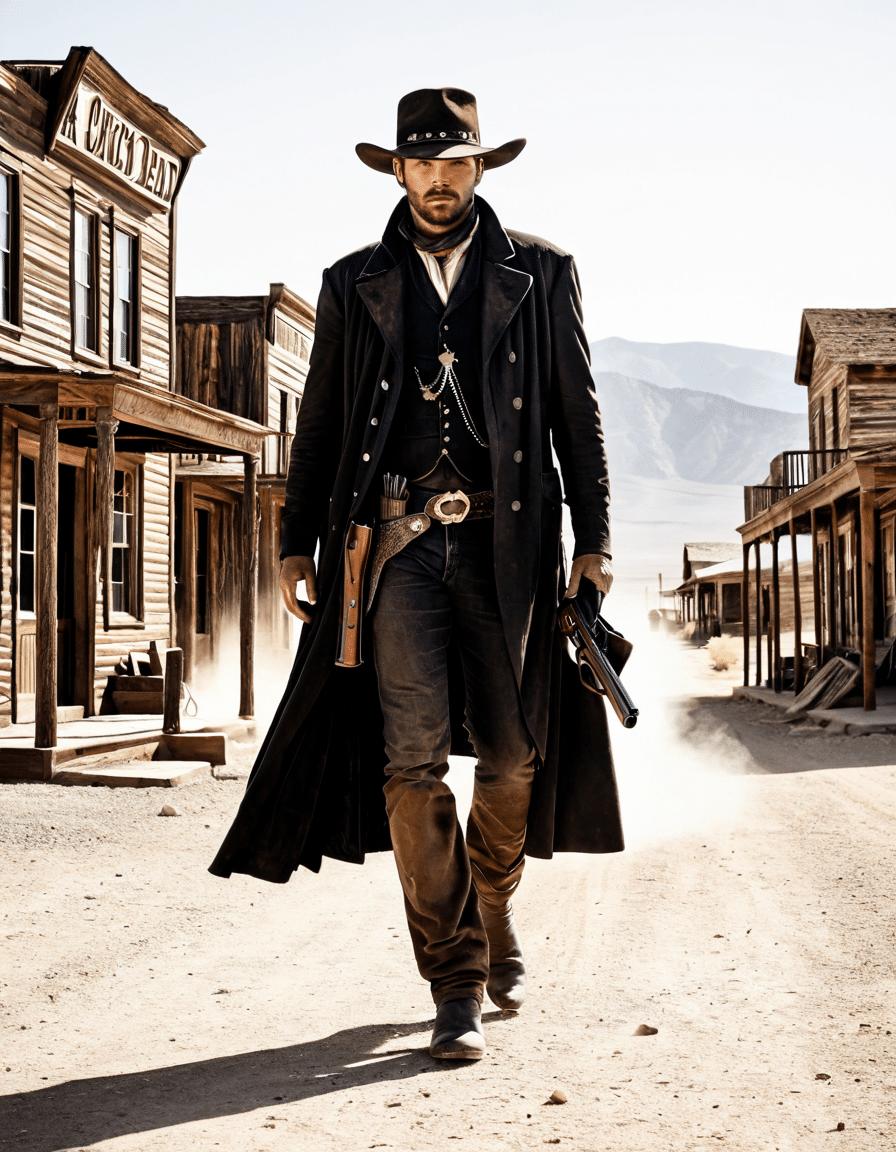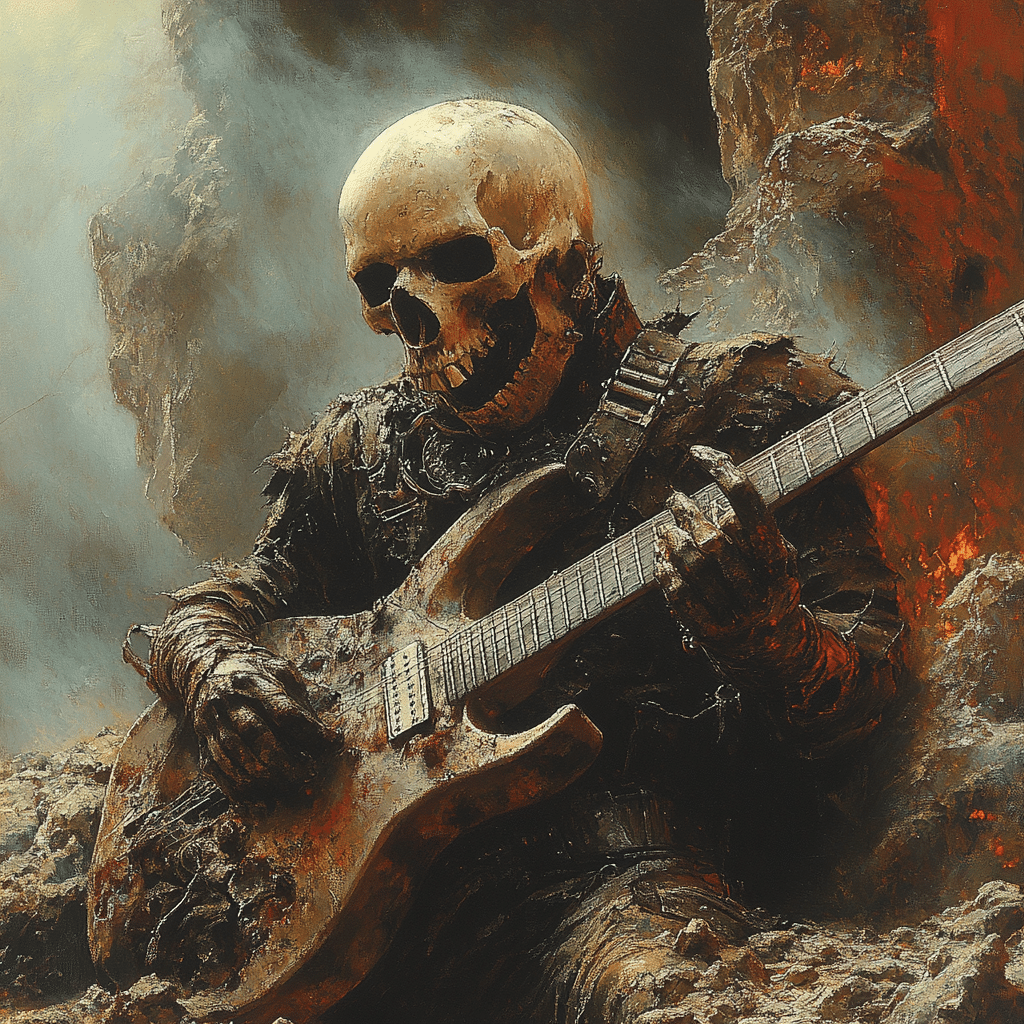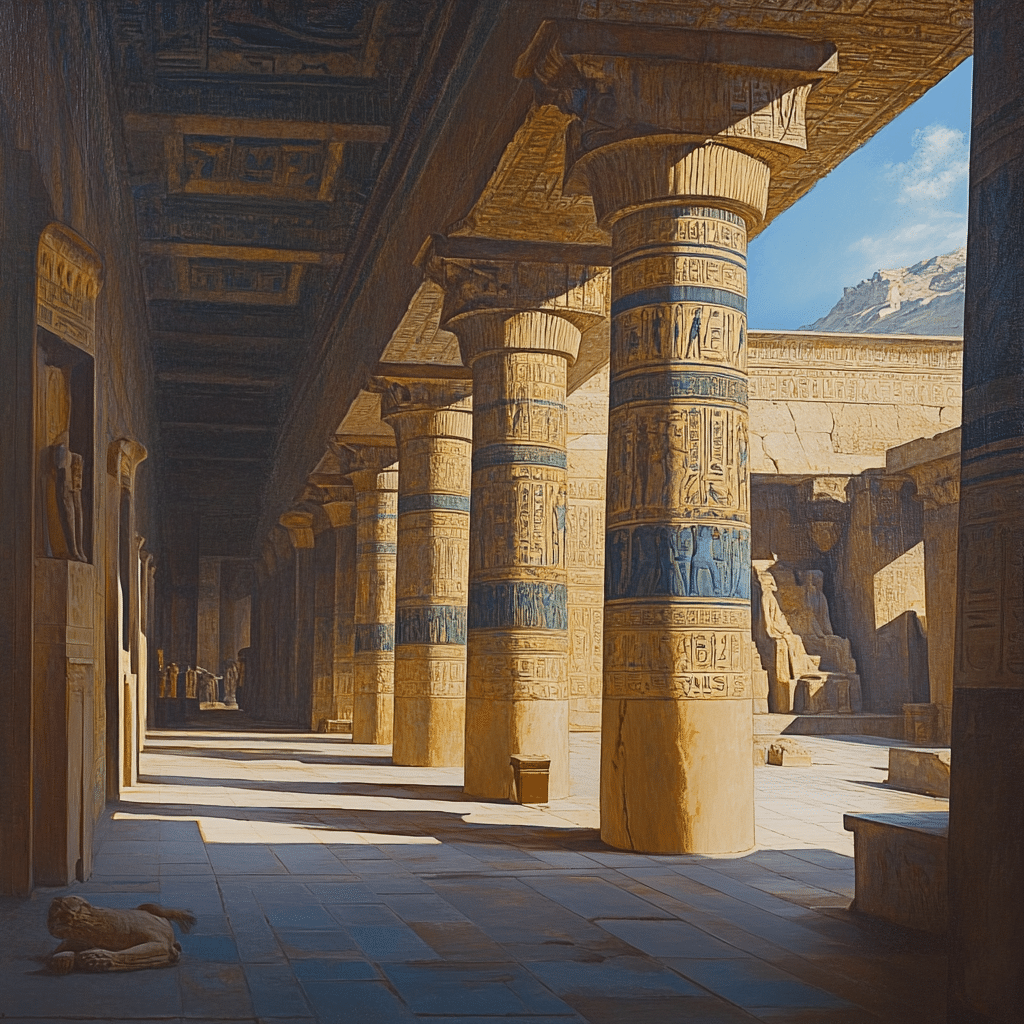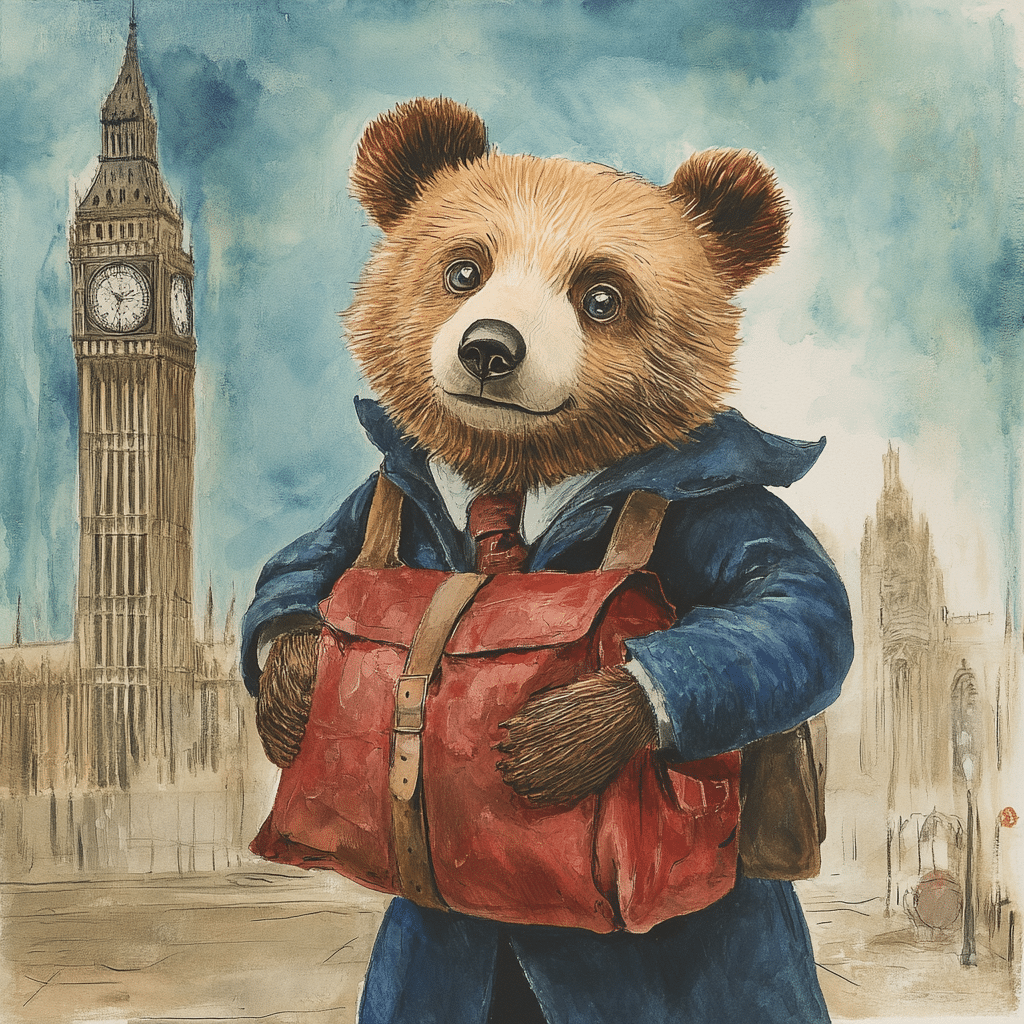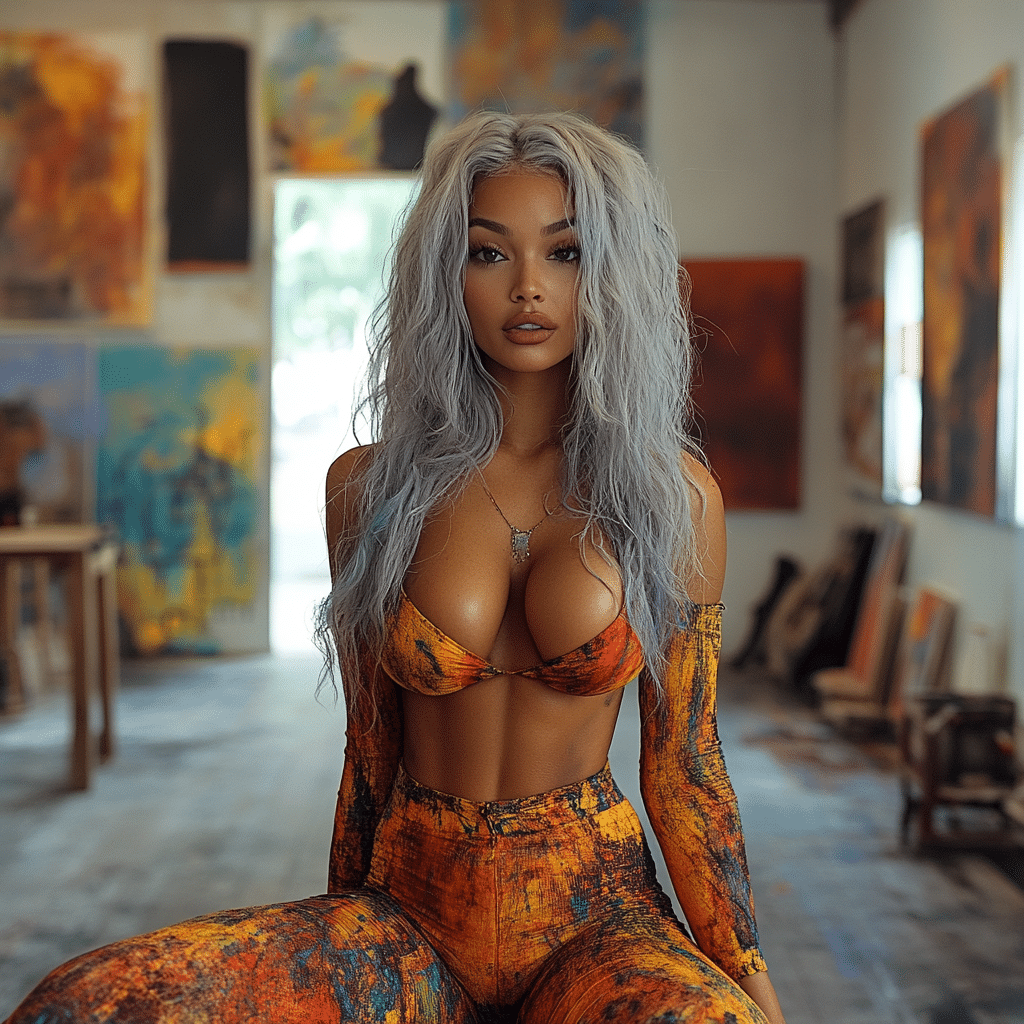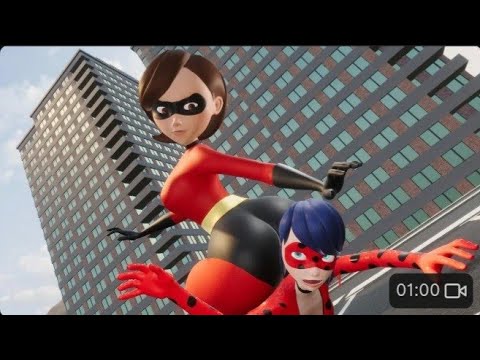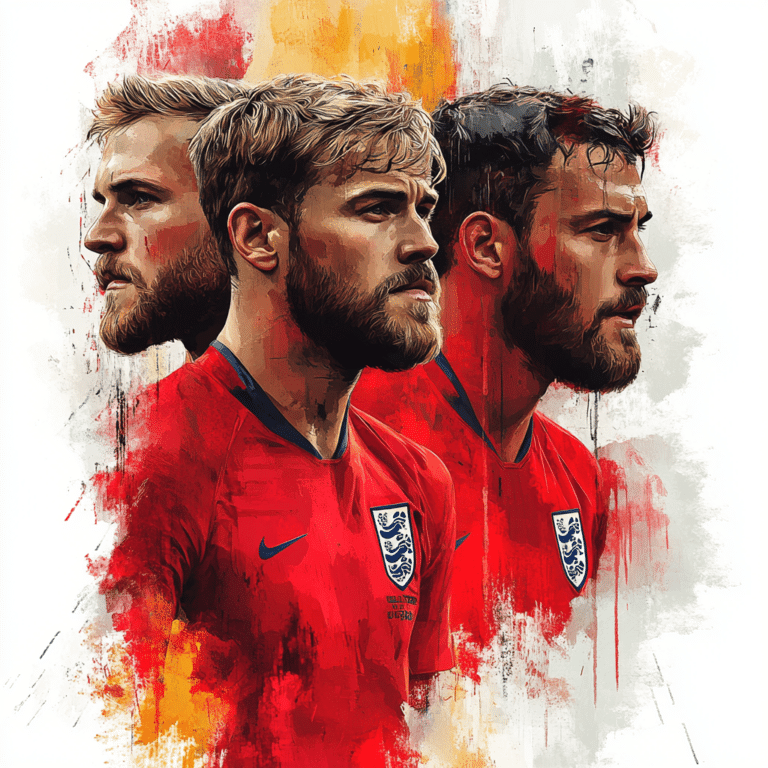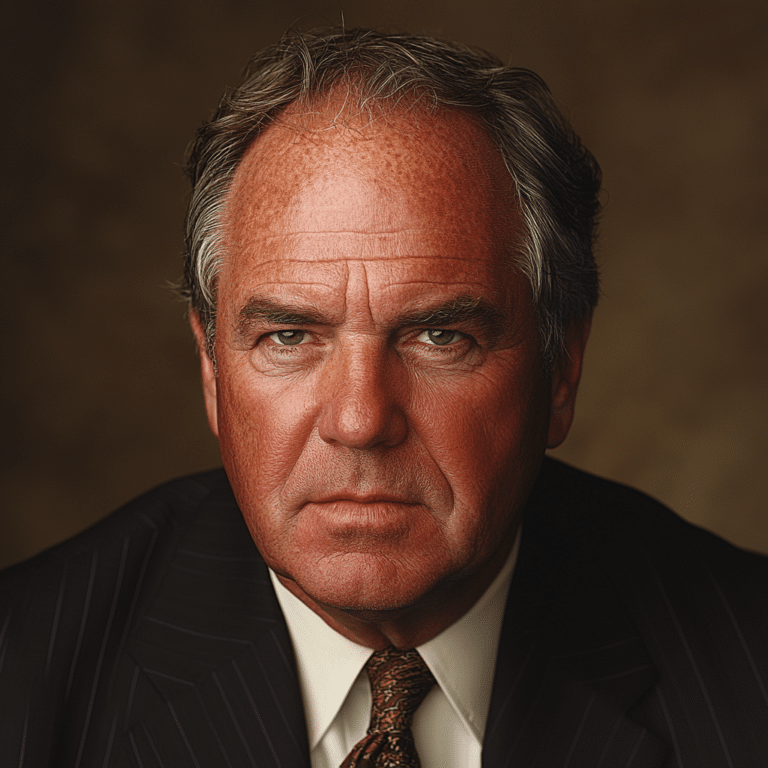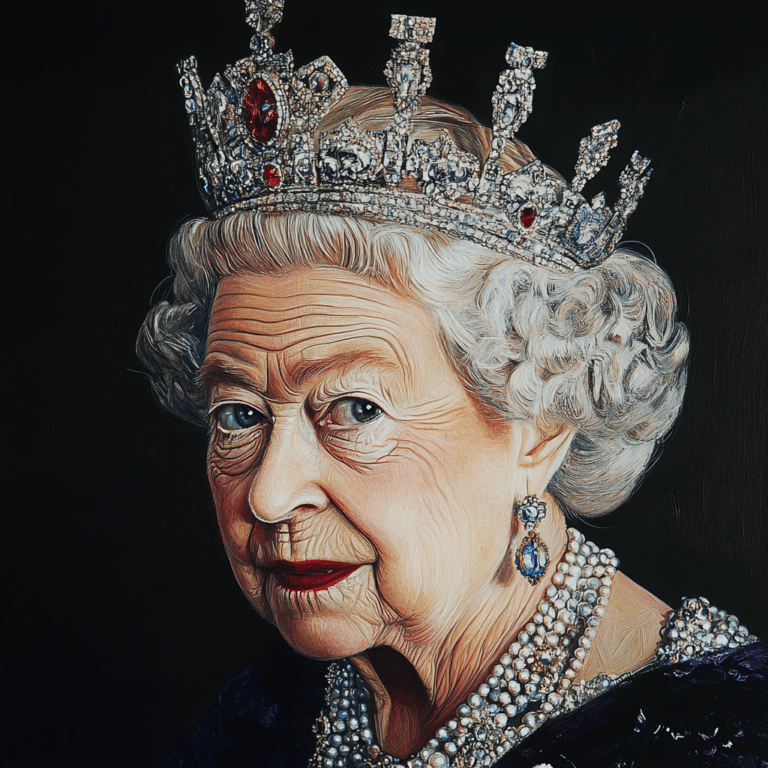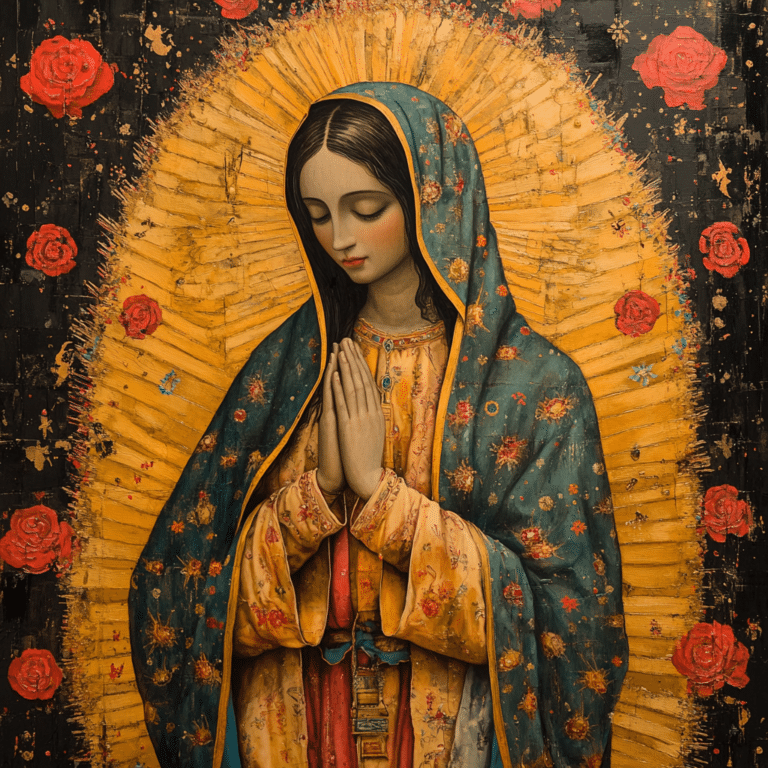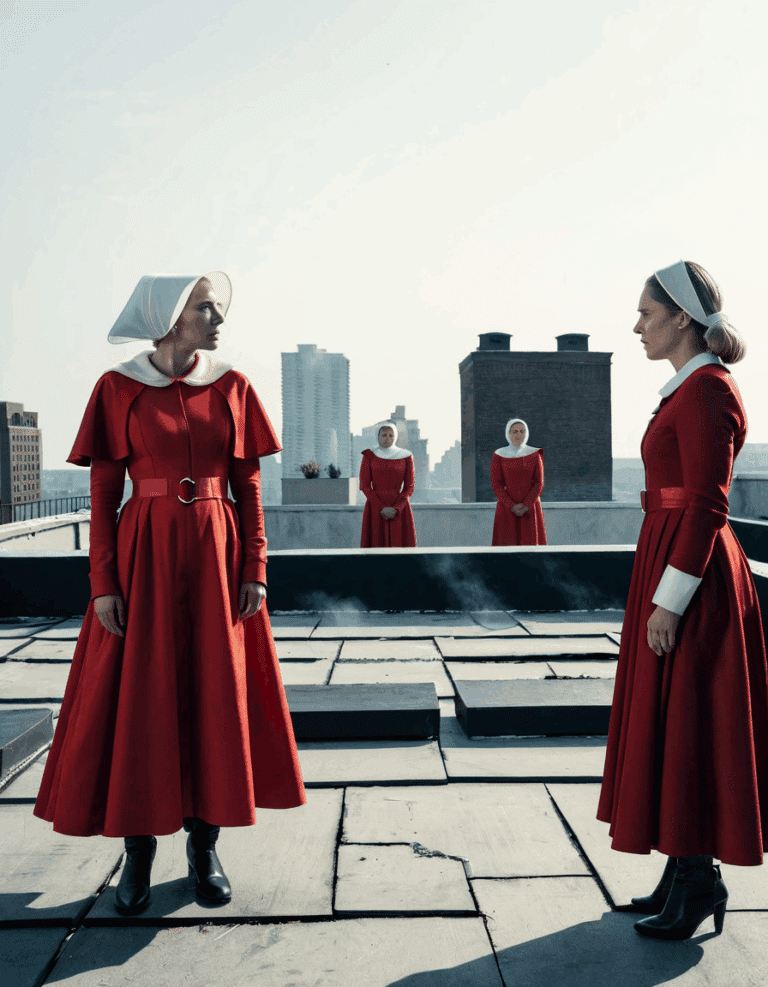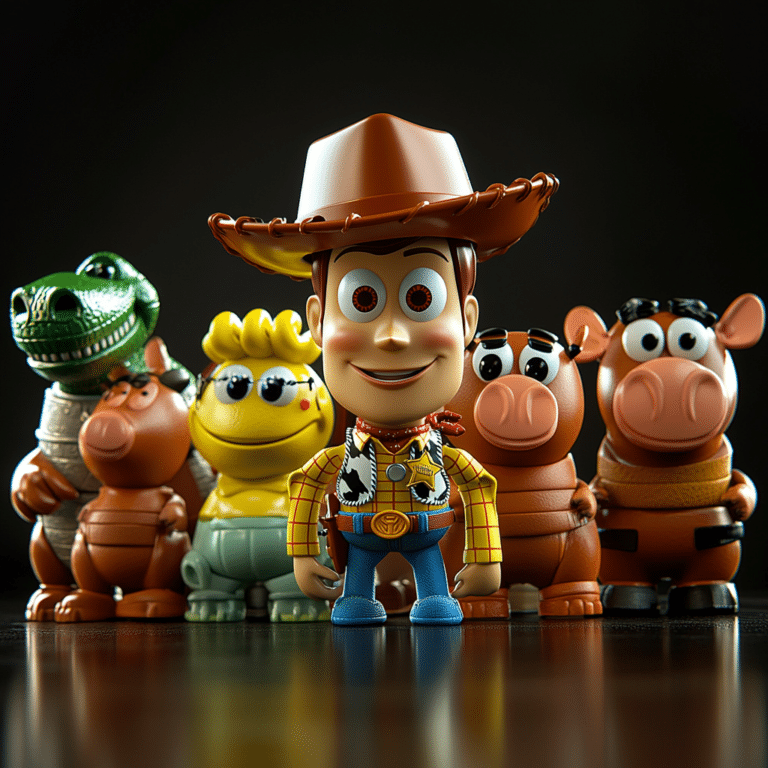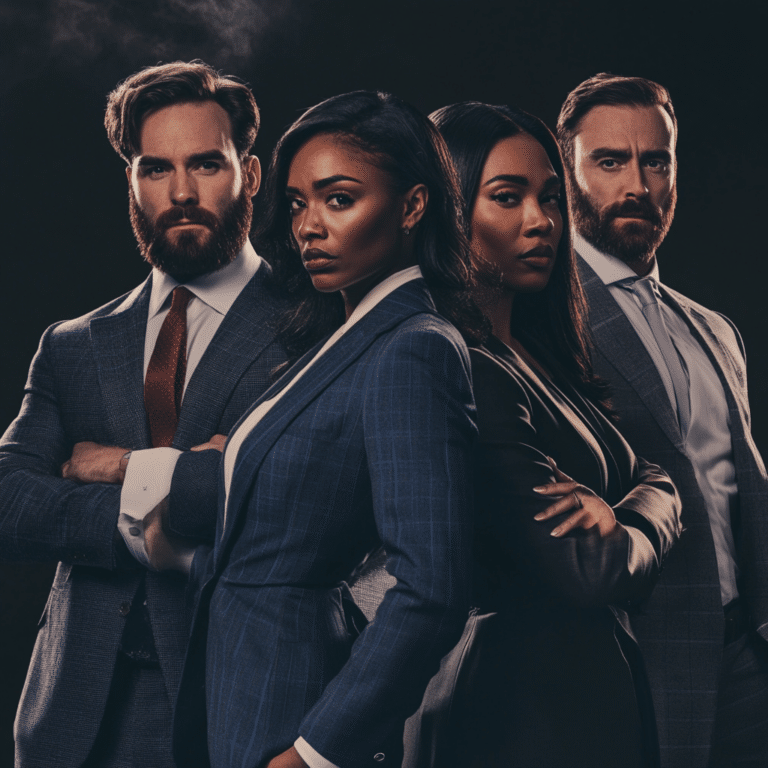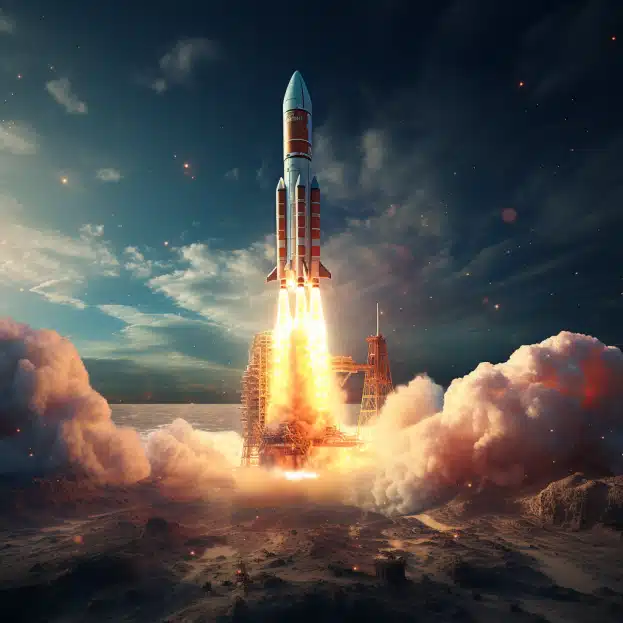In the vibrant world of My Hero Academia, Tomura Shigaraki emerges as one of the most intriguing and essential characters. The more we peel back the layers of Shigaraki, the more we realize he’s not just a villain; he’s a product of a system that failed him. With a journey that takes us from a troubled youth to a chaotic force challenging societal norms, understanding Tomura Shigaraki is crucial for grasping the overarching themes of the series. So, pour yourself a cup of tea (or whatever suits your fancy), and let’s dive into the enigma that is Shigaraki!
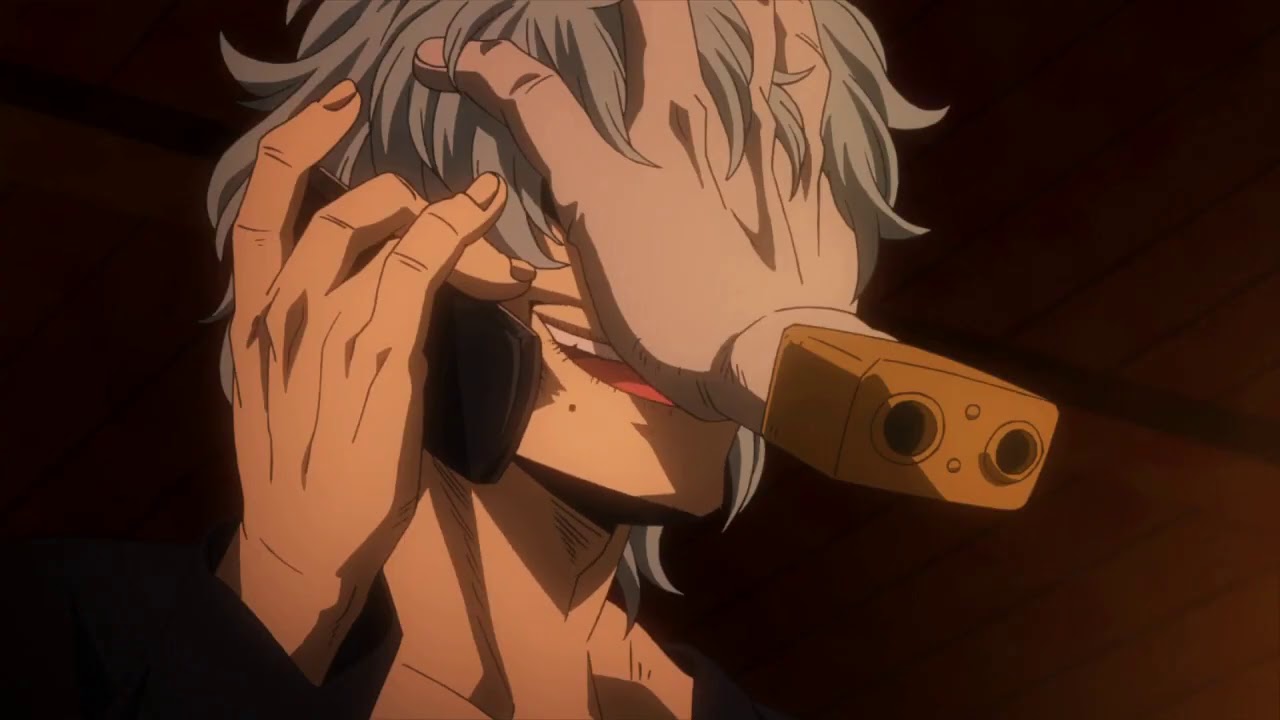
5 Key Factors Defining Tomura Shigaraki’s Character

1. Pivotal Traumatic Experiences
Tomura Shigaraki’s backstory is one marred by neglect and tragedy. Orphaned at a young age and subjected to a life filled with abuse, the psychological wounds he carries are profound. These experiences twist his views and shape his motivations, pushing him toward radical ideologies—think of a young Bruce Wayne but with a much darker twist. Understanding the trauma he faced sheds light on the radical worldview and Marxist ideology that fuel his actions. When Shigaraki looks at the world, he doesn’t see heroes; he sees a perverse system that demands conformity and punishes the vulnerable.
It’s hard not to feel a touch of empathy for him amidst all the chaos. His bitterness isn’t just a backdrop; it’s the very fabric of his identity. This sense of lost hope resonates with many who’ve experienced similar forms of neglect or discrimination. It’s a stark reminder that sometimes, the villains we revile carry stories that mirror painful truths.
2. The Influence of All For One
Talk about a toxic relationship! All For One serves as a significant mentor figure in Shigaraki’s life, but it’s not merely a straightforward power dynamic. Instead, it’s one of manipulation, where All For One plays on Shigaraki’s vulnerabilities, feeding off his anguish. Through Shigaraki, All For One embodies the dark allure of power, making him the ultimate antagonist to heroes like Aizawa, who stands for protection and sacrifice.
It’s fascinating to see how these relationships are portrayed in other media, like how parental figures in films often either nurture or decay a protagonist’s potential. Just like in Star Wars where Palpatine warps Anakin’s desire for power, All For One molds Shigaraki into a weapon. Their chilling bond adds immense depth to Shigaraki’s character, illustrating how much environment and relationships can shape one’s destiny.
3. Symbols of Rebellion
As Shigaraki lashes out against a society that mandates conformity, he takes on the role of a symbol of rebellion. His disdain for heroes parallels real-world figures like anarchists, evoking thoughts of Emma Goldman and her critiques of societal authority. Shigaraki isn’t just a puppet on a string; he’s a movement against systemic injustices, making his antagonistic role resonate with those disillusioned by traditional structures.
His character provides a much-needed commentary on modern-day issues. Many audiences find themselves relating to his anger and frustration at a world that seems rigged against them. It’s almost as if Shigaraki channels the voices of the unheard, transforming his pain into a battle cry for change.
4. Comparative Dynamics with Aizawa
The tension between Shigaraki and Aizawa symbolizes a more profound struggle in My Hero Academia: the fight between chaos and order. Aizawa stands as a figure of morality and discipline, his Erasure Quirk serving to maintain balance. You could say Aizawa is like your best friend trying to keep you from going off the rails on a wild night out!
The clashes between these two characters invite comparisons to iconic figures in pop culture, like the cat-and-mouse chase of Batman and the Joker. As they battle, viewers witness a microcosm of real-life moral dilemmas. Aizawa champions a brand of justice that isn’t black and white. Similarly, Shigaraki’s chaotic approach challenges viewers to ask whether the ends justify the means. Talk about a heavyweight clash!
5. Evolution of Power Dynamics
As the saga unfolds, the transformation of Tomura Shigaraki is remarkable and echoes the development of characters like Anakin Skywalker from Star Wars. This journey of evolution pushes Shigaraki from being a mere pawn to emerging as the series’ central villain. It’s not just about who has the most power; it’s about identity and the ethical complexities tied to that power.
His evolution illustrates that heroism and villainy aren’t as clear-cut as they might seem. As Shigaraki grows, characters like Aizawa must adapt to face the expanding threat he poses. In a world where the lines blur, the question remains: can true heroism withstand the chaos?
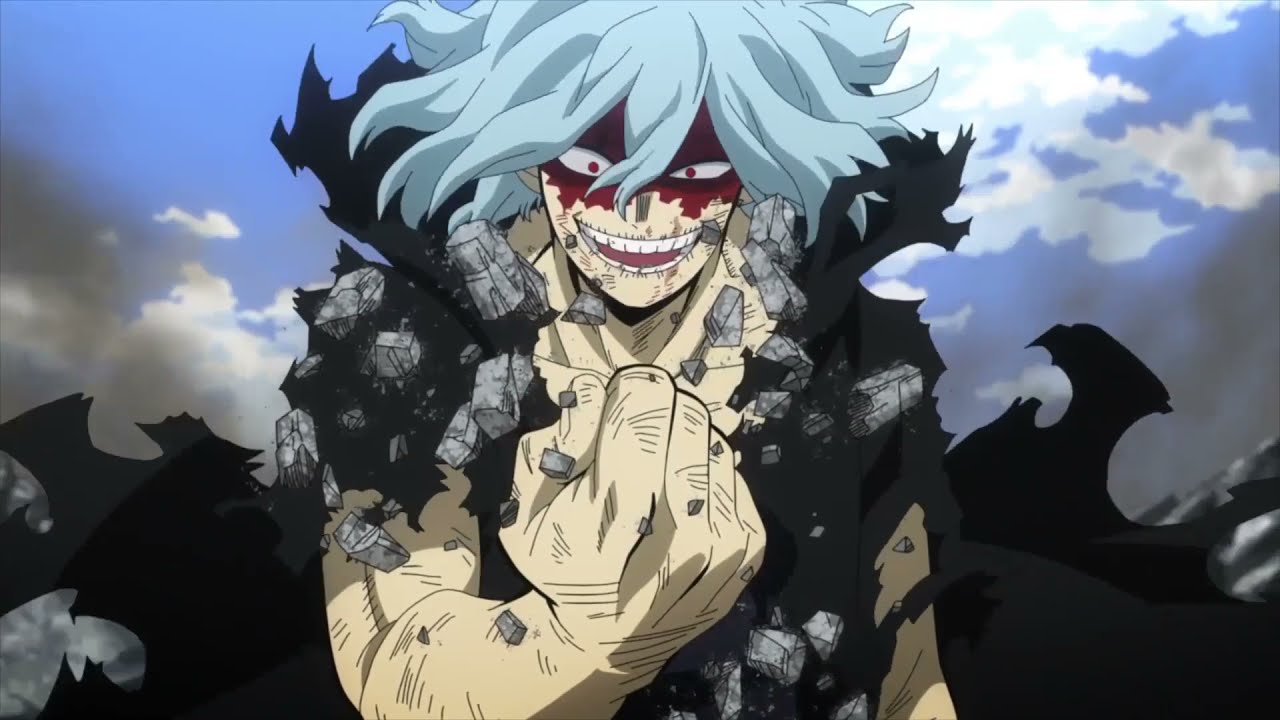
Thematic Elements: Chaos, Identity, and Power
Tomura Shigaraki is more than just a villain; he encapsulates the complexities of identity in a society that glorifies heroism. Themes of chaos intertwine with the exploration of personal identity, much like the struggles faced in modern literature and cinema, such as Fight Club or The Dark Knight. The duality present in Shigaraki enhances discussions about societal roles and expectations, creating a character that’s both relatable and disturbing.
This theme resonates with many viewers, challenging them to grapple with their notions of good and bad. We see ourselves reflected in Shigaraki’s rage, igniting discussions around conventional heroism versus the raw, messy reality of individual discomfort. It’s these layers that make him a character worth diving into again and again.
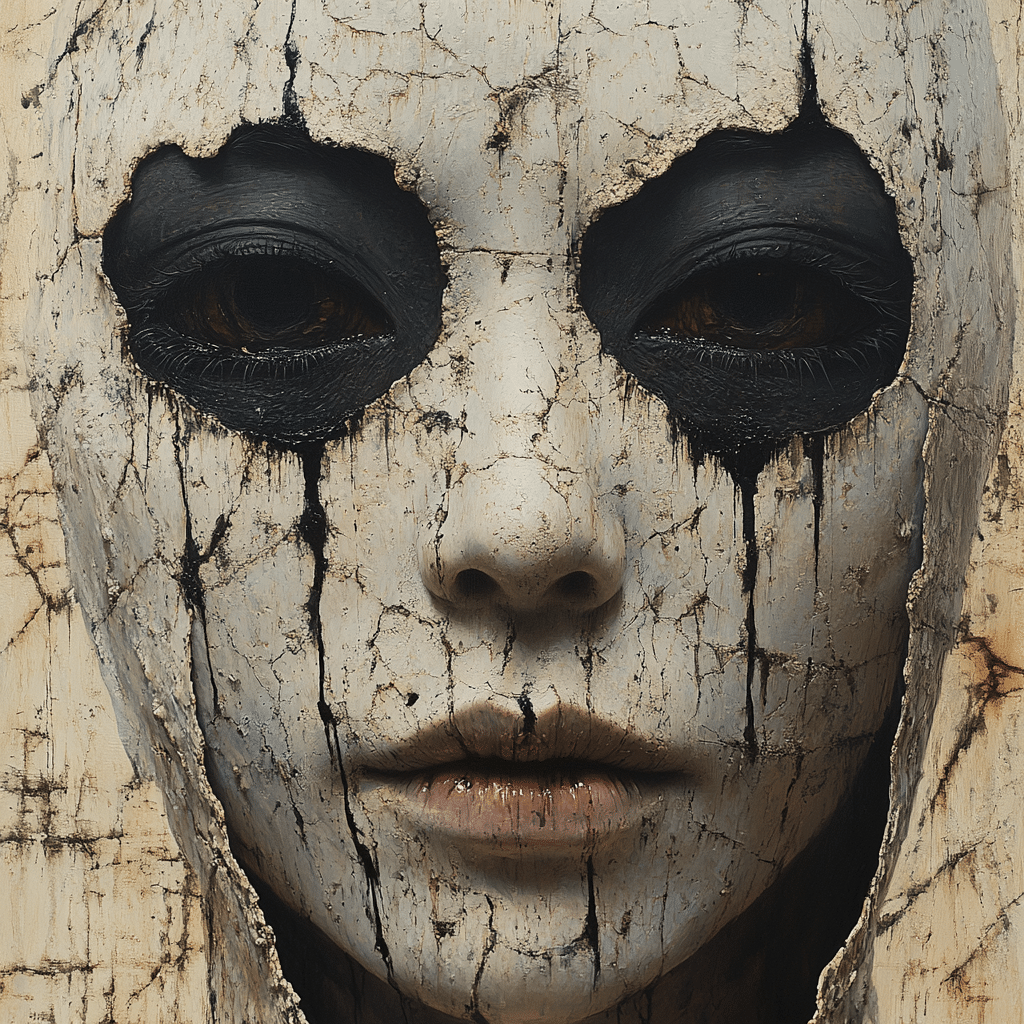
Analyzing Shigaraki’s Cultural Impact
Tomura Shigaraki’s connection with audiences goes beyond mere villainy. He represents disgruntled youth and speaks to a wider audience that feels neglected by authority. His ideological standoffs not only disturb the heroes of the series but provoke thought among viewers, prompting discussions about societal disillusionment and personal struggle.
This interplay between the disenfranchised and authority is akin to how characters like V challenge the status quo in V for Vendetta. Shigaraki acts as a mirror reflecting the fragility of societal structures, forcing us to confront our own principles. He rattles the cages of comfort, making audiences question: is the chaos he’s causing the precursor for change?
Ultimately, Tomura Shigaraki is much more than the dark face of My Hero Academia; he’s a convergence of trauma, ideology, and critique. Just as Aizawa represents the ideals of justice, Shigaraki serves as a glaring reminder of the consequences that arise from isolation and anger. As we delve deeper into Shigaraki’s narrative, we must consider both heroes and villains to understand justice, identity, and the vast spectrum of human experience.
In the end, whether you cheer for Aizawa or find yourself drawn to Shigaraki’s chaotic charm, one thing is for sure: the dance between these complex characters is one that fuels countless conversations and makes My Hero Academia a must-watch for any serious anime fan!
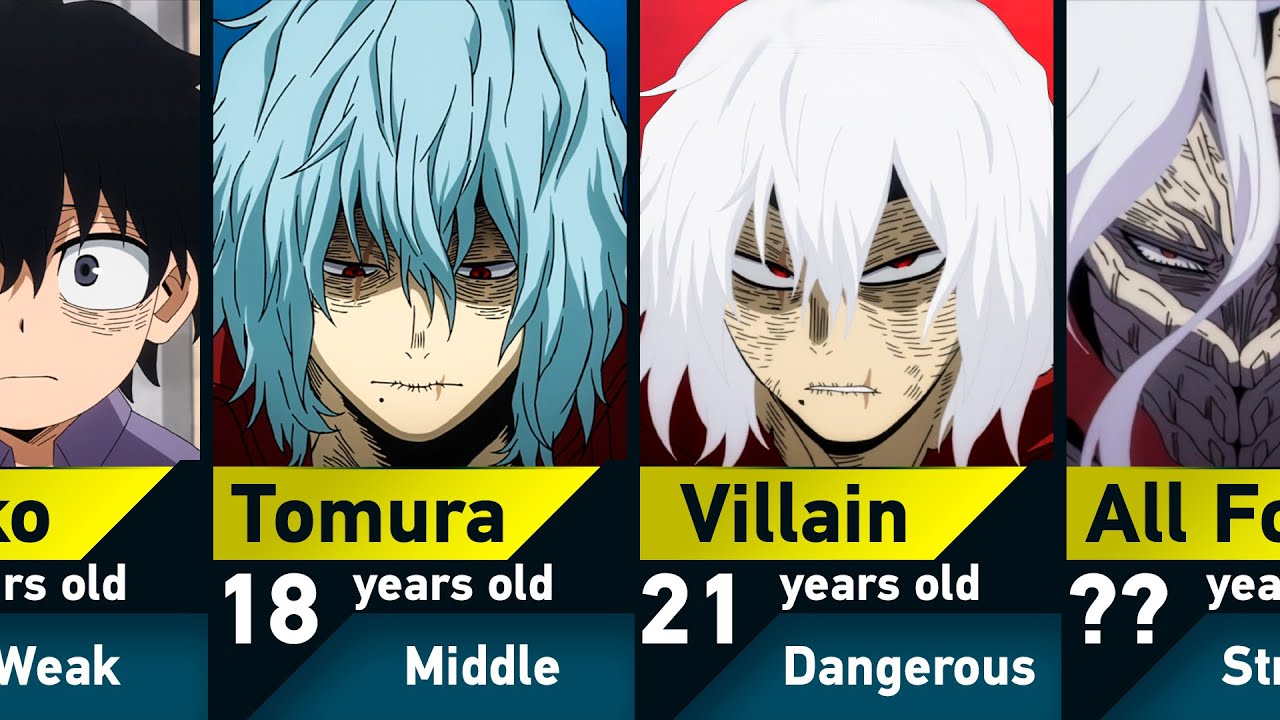
Tomura Shigaraki: The Dark Force Behind My Hero Academia
Origins and Inspirations
Tomura Shigaraki, the enigmatic villain of Kohei Horikoshi’s “My Hero Academia”, draws inspiration from various real-world elements. Remarkably, Shigaraki’s character is named after the famed Japanese artist Tomura Shigaraki, known for his minimalist yet impactful art. This connection links back to the character’s aesthetic, which focuses on destruction with simple yet profound visuals. Additionally, Shigaraki’s decay Quirk showcases a darker side of the hero-villain dichotomy that fans find so captivating. It’s like comparing the steely resolve of Nezuko Kamado from “Demon Slayer” who fights for good, versus Shigaraki’s destructive, nihilistic tendencies.
The Psychology Behind Shigaraki
Delving into Shigaraki’s psychology reveals layers of depth, pain, and trauma. His backstory is a stark reflection of real-life issues like neglect and abuse, which resonates deeply with viewers. Many fans have noted how his chaotic journey mirrors the struggles faced by myriad individuals in our society. Interestingly, his development raises questions about what drives someone to pull others down rather than uplift them—like how some Christian Comedians cleverly address societal ills through humor, bringing light to dark corners of life.
Shigaraki’s Cultural Impact
In recent years, Shigaraki has become synonymous with a certain brand of anti-heroism that captivates audiences worldwide. This transformation speaks volumes about how pop culture redefines villainy. Just as David Icke has had his say in controversial discourses, Shigaraki represents a shift where villains are no longer just mustache-twirling caricatures. They have ambitions, ideologies, and a backstory that connects with the audience on a human level. Moreover, the release of merchandise featuring Tomura has taken on a life of its own, illustrating just how much the character resonates with viewers and fans.
Notably, Shigaraki’s design also draws comparisons to figures in other genres, like Yunjin Kim, whose role in various narratives emphasizes strength and complexity. The anime industry has a growing trend of crafting characters like Shigaraki—not just pure evil but rich in character and narrative. So, next time you’re rummaging through a closing cost calculator in Florida when considering purchasing a home, remember how the rise of captivating characters is mirrored in the rise of dynamic narratives in film and television. Isn’t it fascinating how different worlds, from anime to real estate, can have threads that connect them all?
